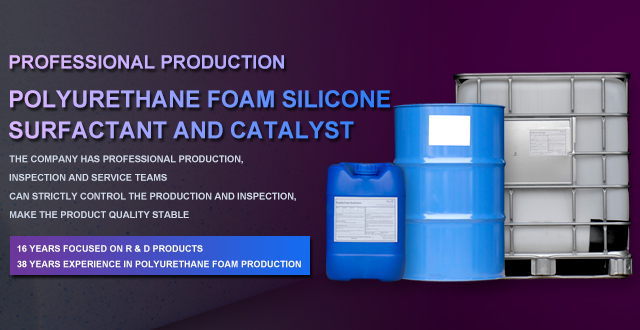What's the fireproof performance of polyurethane composite material?
Addtime:2021-04-27
Industrial giants seize the Chinese polyurethane market. According to experts from the National Resin Network, the expected growth rate of China's polyurethane market, which is higher than the GDP growth rate, is prompting chemical giants to increase their horsepower to seize the dominance of this market. On April 20, 2011, BASF of Germany held a groundbreaking ceremony for a new polyurethane composite plant in Tianjin, and at the same time announced its investment in the construction of another new polyurethane composite plant in Chongqing. In addition to BASF, other chemical companies have also announced plans to build and expand polyurethane production. In sharp contrast, the industry continues to question the use of polyurethane. Plans for new construction and expansion are frequent: BASF's Tianjin Polyurethane Assembly Plant is located in TEDA Modern Industrial Zone, Hangu District, Tianjin Economic and Technological Development Zone. It covers an area of 3.4 hectares with an initial investment of 10 million euros and is expected to be completed and put into operation in 2012. BASF's planned Chongqing polyurethane assembly plant will be put into operation in 2013. In addition, BASF will invest in an MDI (one of the raw materials for the production of polyurethane) project with an annual production capacity of 400,000 tons in Chongqing, which is expected to start operation in 2014. Ma Lanli, Senior Vice President of BASF's Polyurethane Asia Pacific business, said: “The Chongqing MDI project will become the largest investment BASF is currently making in China.” After the completion and commissioning of polyurethane composite plants in Tianjin and Chongqing, BASF is in China. It will have 4 polyurethane composite plants (the other two are located in Nansha and Shanghai) to complete the layout in the Chinese mainland market. As early as a few years ago, another German chemical giant Bayer Group announced an investment of US$1.8 billion to build an integrated production base in Shanghai Caojing Chemical Industry Park (SCIP), which includes the production of polyurethane raw materials MDI and TDI.
According to experts from the National Resins Network, at the beginning of this year, Ningbo Wanhua Polyurethane Company's Phase II MDI project and supporting engineering projects were successfully commissioned. The annual production capacity of Ningbo Wanhua MDI reached 600,000 tons. Doubts arise: Unlike the polyurethane growth blueprint described by the chemical giants, the use of this chemical product is being greatly questioned. The cause is the recent large fires in China, including the "11-15" fire in Shanghai. After the “11-15” fire in Shanghai, Zhu Liping, deputy director of the Fire Department of the Ministry of Public Security, pointed out that the polyurethane foam insulation materials used in large quantities on the facade of the building produced highly toxic hydrogen cyanide gas during the rapid combustion process, which caused many people. The main cause of death. Shi Zhiyang, a senior engineer of the National Construction Engineering Materials Quality Supervision and Inspection Center, said that the flame retardant of polyurethane materials mainly relies on the addition of a flame retardant similar to "hexabromocyclododecane", but this flame retardant is used much more. , It will increase the toxicity of smoke. Such doubts in the industry have affected the public's impression of polyurethane manufacturers to a certain extent. In the two trading days after the Shanghai "11-15" fire, Yantai Wanhua's share price plunged 7.69% and 7.23% consecutively. When answering questions about the flame-retardant properties of polyurethane, Ma Lanli admitted: “At present, there are some uncertainties regarding the flame-retardant properties of polyurethane in the entire market. BASF is actively negotiating with other manufacturers under the framework of the China Polyurethane Association. Responding to these issues." "BASF will work with other polyurethane manufacturers to provide some technical support to the government, and provide advice to the government on the formulation of specifications, so that the fire protection standards of polyurethane can reach the safest level." she says.
She also said that BASF has many sub-categories in terms of building insulation materials. For example, inorganic substances are divided into A, organic substances are divided into B, and B is divided into B1, B2, and B3. "BASF's products cover the scope of all fire protection sequences. Compared with the energy-saving effects that can be achieved by the entire building's energy-saving insulation, it should still be competitive." According to experts from the National Resin Network, in fact, the building insulation industry is actively Looking for alternative products to polyurethane. Yin Yichu, international director of the American Association for Advanced Materials Technology (SAMPE), who has been engaged in the research and development and production of polymer materials for many years, said that there are new types of phenolic foam materials that can be used as substitutes for rigid polyurethane foam and EPS materials. In recent years, with the increase in research and development, its production cost and construction cost have been lower than polyurethane rigid foam and EPS materials.



